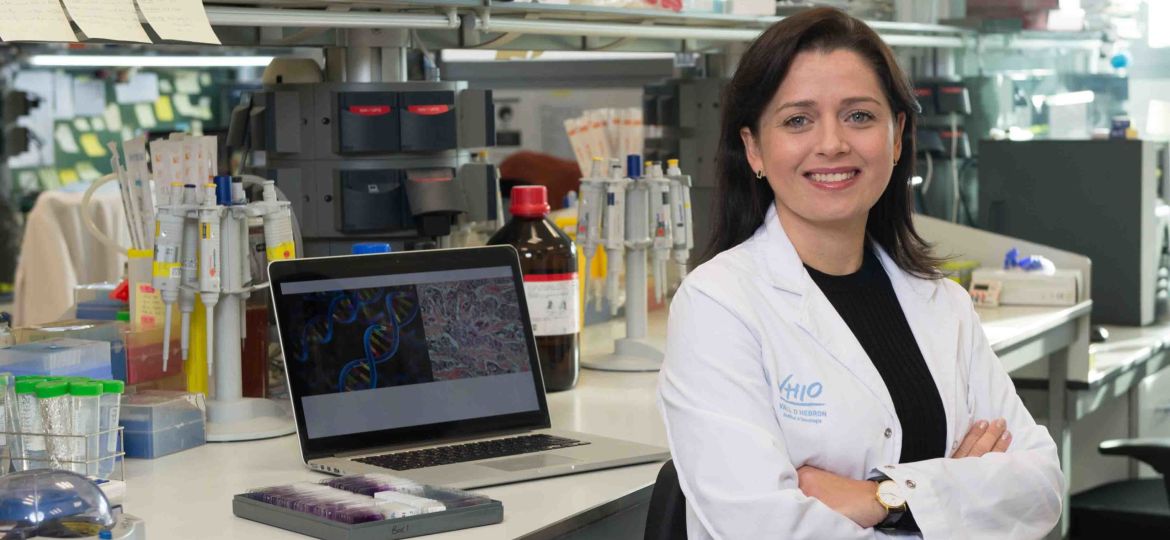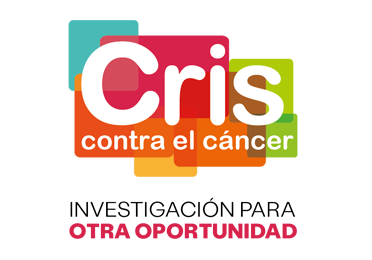
Metastatic breast cancer (MBC) is a heterogeneous and highly complex disease for which there is a critical need to identify novel biomarkers towards more effectively and precisely guiding treatment decision making.
Recently published in Critical Reviews in Oncology/Hematology, a multi-centric and International expert consensus paper* led by Massimo Cristofanilli, Northwestern University (Chicago, USA), in collaboration with co-author Leticia de Mattos-Arruda, Junior Principal Investigator of VHIO’s Applied Genetics of Metastatic Cancer Group, and colleagues from several other cancer centers across the globe, explores the promise of using liquid biopsy to more accurately stratify patients suffering from metastatic breast cancer (MBC).
Their analysis of circulating tumor cells in MBC patients has led to the identification of two main subgroups: aggressive and slow-progressing or indolent tumors. “Liquid biopsy has already shown its prognostic value in metastatic breast cancer, both in primary and refractory tumors. Patients with a high number of circulating tumor cells had a worse prognosis. Now, thanks to this present research, we have further distinguished two subgroups among these patients with different characteristics,” observed Leticia de Mattos-Arruda.
Up until now, liquid biopsy had only identified one single group in these patients. The high heterogeneity of these tumors demands a better characterization and classification of disease to more accurately steer therapeutic strategies tailored to specific alterations. The authors analyzed a pooled of individual patient data from 18 cohorts, including 2436 patients with metastatic breast cancer. The threshold established for this sub-classification was 5 tumor cells per 7.5ml of blood. Patients with lower values were classified as indolent. Those with higher scorings, as aggressive.
MBC can be detected at primary diagnosis or emerge after first-line local treatment. Despite the immense variety of systemic targeted-therapies available, this disease claims the lives of more than half a million women each year.
“We desperately need to advance diagnostic tools that facilitate patient stratification and help to more precisely match novel anti-cancer therapies to individual specificities of disease .As we have established in this paper, liquid biopsy is becoming increasingly important in delivering on our ambitions,” commented Leticia de Mattos-Arruda.
This study represents an important forward step in further personalizing individualized cancer treatments and rational drug development. The molecular analysis of circulating tumor cells and DNA complements patient stratification and aids the selection of those treatments that target the identified molecular characteristics.
Although the analysis of circulating tumor cells (CTCs) is currently more expensive and slower than the screening of circulating tumor DNA (ctDNA), this approach is more insightful. “From one cell we can extract DNA as well as RNA and proteins, which also contain precious data. While ctDNA is efficient for the analysis of mutations, CTCs facilitate a more accurate classification of different tumor types,” she concluded.
###
*M Cristofanilli et al. The clinical use of circulating tumor cells (CTCs) enumeration for staging of metastatic breast cancer (MBC): International expert consensus paper. The clinical use of circulating tumor cells (CTCs) enumeration for staging of metastatic breast cancer (MBC): International expert consensus paper. Crit Rev Oncol Hematol. 2019 Feb;134:39-45. doi: 10.1016/j.critrevonc.2018.12.004.











